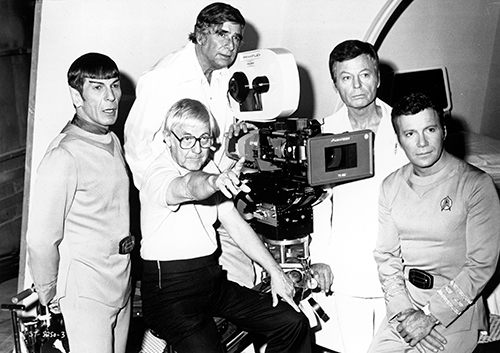
Star Trek: The Motion Picture arrives in Cineworld this August, looking and sounding better than ever in its Directors Edition.
This version of the inaugural Star Trek movie was overseen by director Robert Wise in 2001, in which he improved certain effects shots and made subtle but perceptible changes to the initial edit.
For the first time ever on the big screen, the Director's Edition is presented in its lustrous 4K restoration. This means that the sleek surfaces of the U.S.S. Enterprise gleam with as much vibrancy and potency as the mysterious V'Ger cloud at the centre of the storyline.
The 4K restoration of the movie also restores much-needed nuance and depth to Jerry Goldsmith's groundbreaking, Oscar-nominated score. The music for the movie is famous for initiating the stirring fanfare that would eventually be used in The Next Generation TV series.
The score also showcases Goldsmith's famously experimental tendencies as the organic tone of the symphony orchestra mixes with the eclectic sound of otherworldly, specialty instruments.
With music such an important part of the Star Trek universe, here are five unforgettable Goldsmith tracks that you must revisit in context on the big screen.
1. The Star Trek theme
Goldsmith invokes the opening notes of Alexander Courage's classic original TV series fanfare before venturing where no man has gone before (musically speaking).
The composer's initial theme for Star Trek: The Motion Picture was rejected by director Robert Wise on the basis that it sounded likely stately sailing ships. Although annoyed, Goldsmith reworked the piece into the rousing brass fanfare that has become the series standard.
In fact, Star Trek creator Gene Roddenberry loved Goldsmith's central fanfare so much that he insisted it remained as the opening and closing theme for The Next Generation TV series. Goldsmith's signature brassy punch had already been evident in prior scores like The Wind and the Lion (1975), and the tenets of the Star Trek score would be channelled into later sci-fi masterpieces such as Total Recall (1990).
Goldsmith was compelled to write music to picture before the complicated special effects had even been finished. It's a testament to his intuition that his Star Trek music endures to this day, speaking of strange new world and the bold, tempestuous spirit of discovery beyond our known galaxy.
2. The Enterprise
Much like John Williams' trend-setting Star Wars scores, Goldsmith's Star Trek music plays on the front foot with its devotion to the romantic idiom. Overtones of Holst, Debussy and Ravel swirl around the movie's extended special effects sequences, allowing the composer to paint with an array of compositional colours from awed anticipation to eerie suspense.
One of Goldsmith's greatest career achievements comes in the long-awaited reveal of the new-look U.S.S. Enterprise. It's the kind of sequence that is tailor-made for musical expression, Goldsmith threading fragments of his Star Trek fanfare through the string section before bursting into a monumental crescendo upon the big reveal.
It's a reminder of how music is able to imbue potentially sterile and static effects sequences with palpable emotion. Goldsmith locates the emotional reality of the scene in the awestruck reactions of Captain Kirk (William Shatner), locating a fantastical scenario in plausible human reality.
3. V'Ger Flyover
The far-reaching expense of the Star Trek universe allowed Goldsmith to burst forth with unfettered, unusual and creative sonic expression. He'd already delivered a groundbreaking, atonal score for 1968's Planet of the Apes, and in the same year as Star Trek, he would imbue Ridley Scott's Alien with slithery, arcane menace via the use of the 16th-century serpent.
In terms of Star Trek, Goldsmith's experimentation primarily manifests through the unsettling, undulating tone of the 'blaster beam,' an electric instrument created by John Lazelle and later refined by Craig Huxley. The instrument's signature bass drone helps give voice to the movie's enigmatic antagonist, the nebulous V'Ger cloud.
Rather than working in the discernible realm of major and minor key, the blaster beam instead utilises ambiguous tone and suggestion, which aligns perfectly with the conception of V'Ger as the Enterprise crew attempts to figure out its motivations.
4. Ilia's Theme
The 1999 two-disc Sony soundtrack album for Star Trek: The Motion Picture opens with the theme for Lieutenant Ilia, the Enterprise's navigator. As played by Persis Khambatta, Ilia plays a key role in unlocking the mysteries of the V'Ger cloud, although she didn't appear in any further Star Trek movies.
Goldsmith's anticipatory theme for Ilia is once again clad in the appealing, shimmering harmonies that signify the influence of Holst and Debussy. The melody is mainly carried on strings to communicate a more intimate, human principle, as opposed to the brassy spirit of adventure that earmarks the main Star Trek theme.
Ilia's theme is both otherworldly and beautiful, the perfect overture not just for the movie but the Star Trek franchise as a whole.
5. Spock Walk
The disparate musical elements of Goldsmith's score come together during the climax of the movie and the accompanying soundtrack album.
Intervals in the music become more pronounced and the soundscape becomes more fragmented as Spock engages with V'Ger to make an astonishing discovery.
At the same time that the blaster beam becomes more prominent, implying the overwhelming influence of V'Ger, a genuine sense of wonder emerges from the symphony orchestra to reflect Spock's dawning awakening of what V'Ger is, and what it desires.
Goldsmith's innate ability to meld the human and the inhuman in his music is nothing less than a majestic symphony of the unknown. Tone and texture come together to provide the perfect accompaniment to The Motion Picture's arresting visual aesthetic.
Click here to book your tickets for Star Trek: The Motion Picture 4K Director's Edition. The movie is back on Cineworld screens from August 19th.

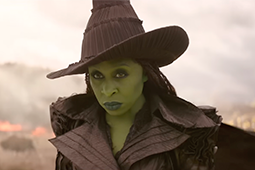

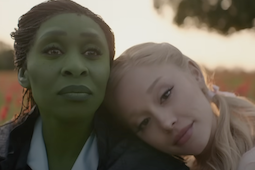
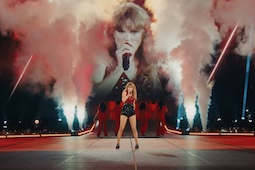
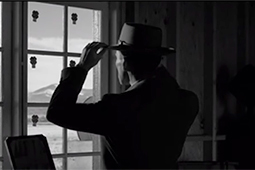
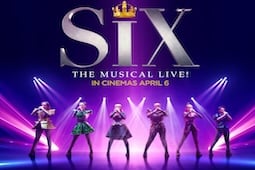

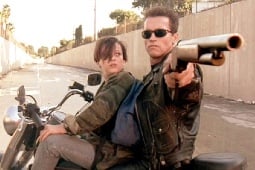

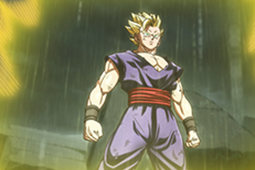


.jpg)
.png)






